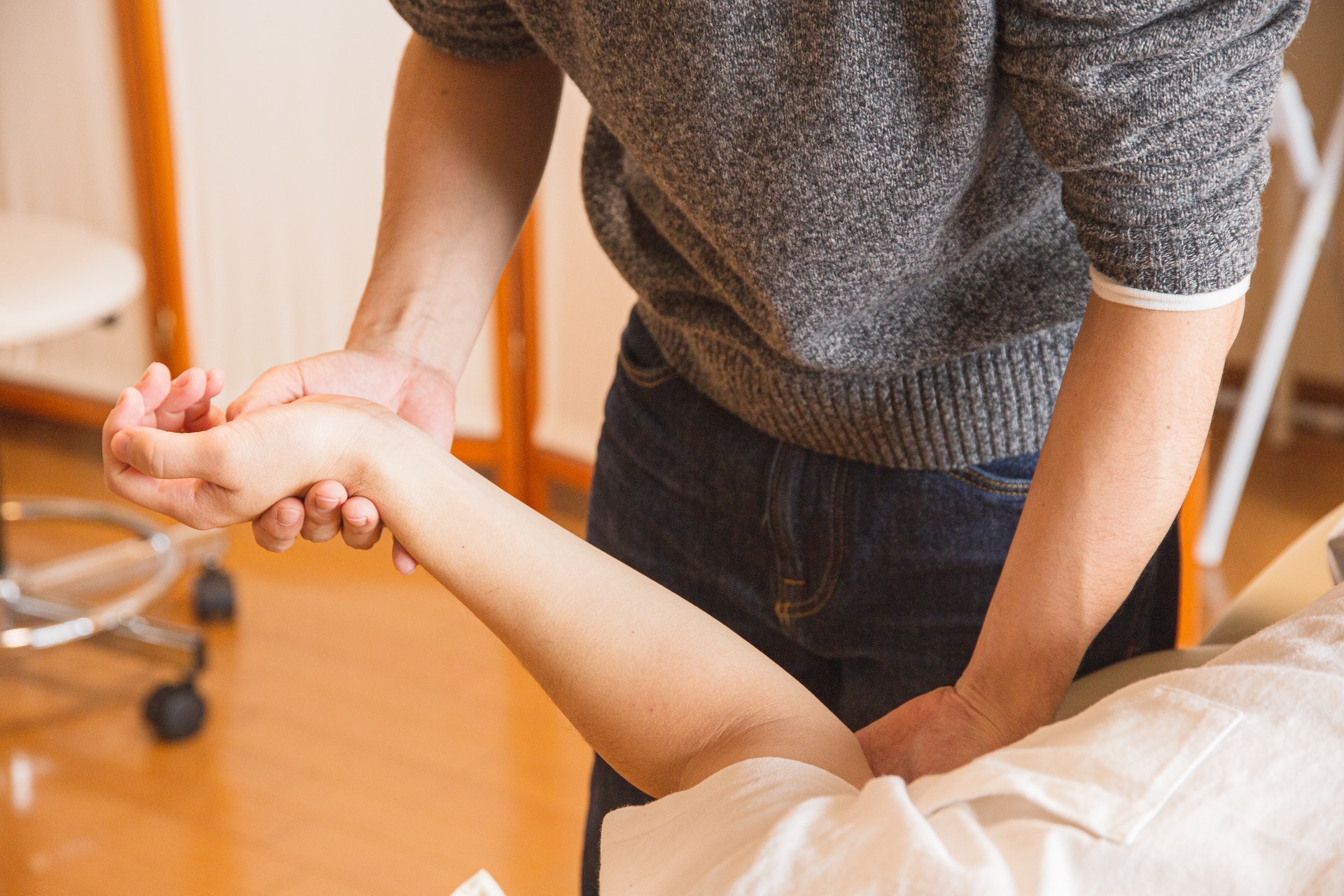Joint pain is a common condition that can affect people at any stage of their life. Although it may start as just a niggling pain that you can manage, if left untreated, joint pain can steadily increase to have a debilitating effect on your life. Pain in many joints may be a sign that you have arthritis, but you can also experience pain in a single, isolated joint – if you are at all concerned, visit your doctor for further consultation and diagnosis. Here are four causes of joint pain and what you can do to alleviate it.
1. Gout
Gout causes sudden, severe joint pain, usually in your big toe, although it can affect other joints such as your wrists, elbows, or knees. Attacks of gout usually last between five and seven days before getting better and are usually treated with medication such as ibuprofen to help alleviate the pain and reduce the swelling. Gout is sometimes hereditary, and it has been found to be more common in older men, but there are certain lifestyle changes you can make to reduce your risk factor. Try to reduce your alcohol intake and eat a balanced diet that is low in fatty foods and sugar.
2. Tennis elbow
Tennis elbow is a condition that causes pain around the outside of the elbow. It is usually caused by the overuse of the muscles near the elbow joint, such as by repeatedly swinging a tennis racket. If you are experiencing tennis elbow, rest the affected arm and avoid any activity that may exacerbate the problem. Painkillers and a cold compress can also help to reduce the pain. However, if you are a keen tennis player, what can you do to prevent this condition and continue to play the game that you love? A tennis elbow support can be worn to support and protect the joint and surrounding tissue from strain when you are playing sport.
3. Rheumatoid arthritis
If you are experiencing pain in several joints, it may be a sign that you have rheumatoid arthritis. This is a chronic condition that causes pain, swelling, and stiffness in the joints, usually in the hands, feet, and wrists. Over time, attacks of rheumatoid arthritis can damage the joint and surrounding bone, so it is important to consult a doctor for further treatment and advice if you suspect you may have the condition. Possible treatments might include medication to relieve symptoms and physiotherapy.
4. Bleeding into the joint space
If you have recently suffered an injury to the joint, such as a torn ligament or fractured knee, this may result in bleeding into the joint spaces, known as haemarthrosis. Symptoms include swelling and a feeling of warmth around the joint and a painful, tingling sensation. If you are experiencing these symptoms after recently suffering a joint injury, consult a doctor as soon as possible for further treatment and a diagnosis.
These four common joint pain issues can be long-term, so try alleviating it with the above suggestions and always consult your doctor.



